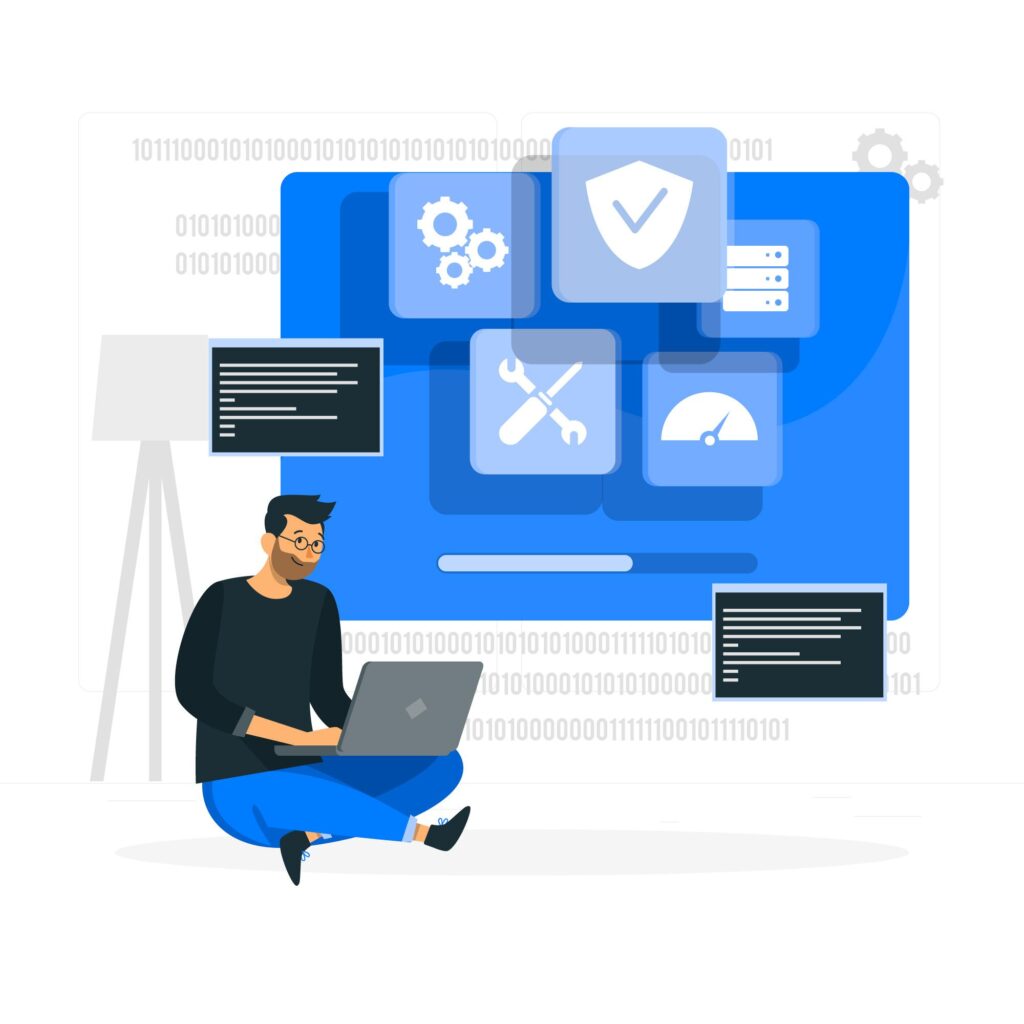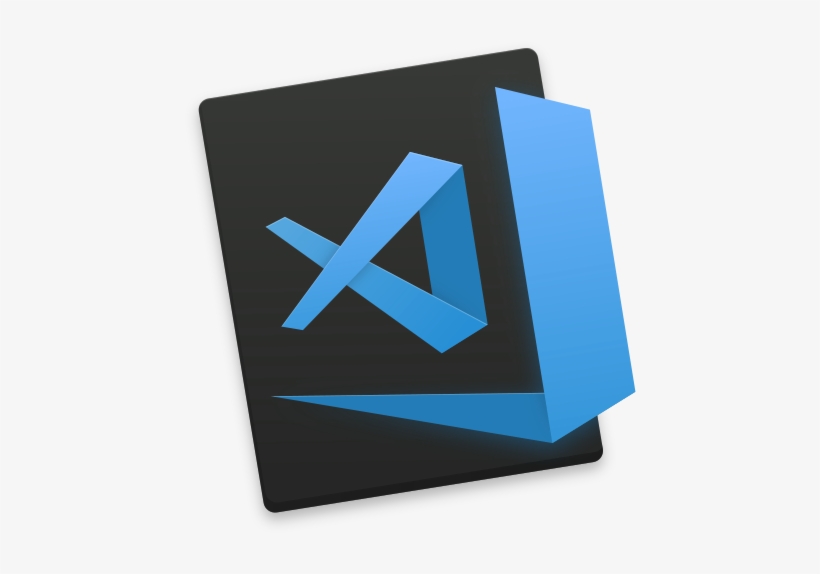Open source software embodies the essence of unrestricted accessibility, enabling individuals to freely acquire, alter, and disseminate it without incurring any financial constraints. This unshackled accessibility arises from the conscious decision of developers to relinquish their source code under open source licenses, fostering a collaborative and transparent ecosystem.This collaborative approach fosters innovation, as the global community can collectively improve and adapt the software. It promotes transparency, customization, and democratizes technology access, empowering users to take control of their digital tools. Open source software has transformed industries, from operating systems like Linux to productivity tools like LibreOffice, enriching our digital landscape with diverse and adaptable solutions.

Open source goes beyond just being “free.” Many companies offer free software while retaining full copyright control, preventing modifications by others. In contrast, thriving open source projects are the result of countless contributors dedicating their time voluntarily. This collaborative spirit is what sets them apart, enabling potentially thousands of individuals to work together to create something remarkable. Open source encapsulates the essence of collective synergy, nurturing innovation, fostering transparency, and instilling a communal spirit that propels the march of technology. Beyond mere economics, it resonates with shared zeal and the democratization of software craftsmanship, all orchestrated for the betterment of our digital realm.
Open source software remains an unyielding catalyst for tech innovation, and 2023 is no anomaly. The open source ecosystem thrives, birthing a plethora of dynamic, adaptable tools that augment individuals, enterprises, and global entities. In this piece, we delve into the standout 11 open source software projects reshaping the digital landscape in 2023. These initiatives traverse diverse domains, from operating systems to development utilities, fundamentally reshaping our technological interactions.
1. Linux Kernel

The Linux Kernel, revered as the beating heart within the Linux operating cosmos, persists as an unshakable pillar in the realm of open source. In the tapestry of 2023, it undergoes a ceaseless metamorphosis, driving the pulse of not only servers and embedded systems but also lending vitality to the very essence of Android smartphones.Its commitment to security, scalability, and adaptability has made it a preferred choice for many organizations seeking reliable and customizable solutions.
Pros: Exceptional stability and security, highly customizable for various applications.
Cons: Steeper learning curve for beginners, limited commercial support compared to some proprietary OSes.
2. Kubernetes

Kubernetes stands as a revolutionary force in container orchestration, empowering developers to masterfully oversee and scale their containerized applications. Its expansive toolkit and thriving user community render it an indispensable selection for enterprises seeking to optimize and simplify their container management endeavors.
Pros: Effective container orchestration, scalable and reliable for large-scale applications.
Cons: Complexity can be overwhelming for smaller projects, requires significant expertise to set up and manage effectively.
3. Python

Python, in 2023, stands as an ever-versatile and user-friendly programming language, continually surging in acclaim. Its innate simplicity, coupled with its expansive repository of libraries, positions it as an outstanding preference for diverse applications – spanning web development, data analysis, machine learning, and beyond. The Python community’s unwavering dedication fuels its expansion, cultivating a fertile landscape teeming with an array of packages and frameworks.
Pros: Easy to learn and versatile, vast library support for various applications.
Cons: Slower execution speed compared to some compiled languages, Global Interpreter Lock (GIL) can limit concurrency.

bud!
4. Apache Kafka

Apache Kafka, a distributed event streaming powerhouse, has risen as the uncontested champion for real-time data processing in 2023. This formidable platform empowers businesses to adeptly oversee and dissect colossal data streams, thus cementing its status as a quintessential asset in the arsenal of data-driven application developers.
Pros: Efficient real-time data streaming, robust for event-driven applications.
Cons: Complex to set up and manage, may be overkill for smaller projects.
5. PostgreSQL

PostgreSQL, an influential open-source relational database management system (RDBMS), has carved its niche in 2023 as a paragon of dependability, adaptability, and an expansive feature repertoire. It consistently emerges as the favored sanctuary for organizations in quest of a database solution that scales effortlessly and embraces extensive customization.
Pros: Highly extensible and customizable, ACID-compliant for data integrity.
Cons: Can be resource-intensive, complex queries may require optimization.
6. VS Code

Visual Studio Code (VS Code), the brainchild of Microsoft, emerges in 2023 as a code editor of unparalleled versatility. Its sprawling ecosystem of plugins harmonizes seamlessly with its universal compatibility, solidifying its status as the preferred sanctuary for countless developers. As we forge ahead, it retains its irreplaceable role in the realms of code crafting, debugging, and codebase management.
Pros: Highly customizable and feature-rich code editor, extensive plugin support.
Cons: Heavier resource usage compared to simpler editors, may feel overwhelming for new programmers.
7. WordPress

WordPress, in 2023, reigns as the epitome of versatility and user-friendliness among content management systems (CMS). It commands a substantial realm on the digital frontier, granting both individuals and enterprises the dexterity to effortlessly craft and oversee websites. This omnipresent platform remains the ultimate refuge, catering to the needs of bloggers, businesses, and organizations on a global scale.
Pros: User-friendly CMS, vast ecosystem of themes and plugins, ideal for blogging and small websites.
Cons: Vulnerable to security issues if not updated regularly, limited scalability for large-scale websites.

bud!
8. TensorFlow

In 2023, TensorFlow, the brainchild of Google, persists as the relentless vanguard of innovation within the domains of artificial intelligence and machine learning. Its unparalleled adaptability and unwavering commitment to nurturing neural networks position it as an indispensable wellspring of inspiration for both trailblazing researchers and dedicated developers.
Pros: Robust machine learning framework, supports deep learning and neural networks.
Cons: Steeper learning curve, may require powerful hardware for intensive computations.
9. Git

Git, a distributed version control masterpiece conceived by the visionary Linus Torvalds, continues to be the cornerstone in every software developer’s toolkit in 2023. Its harmonious blend of simplicity and efficiency in orchestrating code repositories establishes it as the quintessential instrument for those embarking on collaborative coding odysseys.
Pros: Efficient version control for collaborative coding, decentralized repository management.
Cons: Can be complex for beginners, merging conflicts can be challenging to resolve.
10. GIMP

In 2023, the GNU Image Manipulation Program (GIMP) stands unwavering as a robust open source contender to Adobe Photoshop. It remains a wellspring of creativity, endowing creative professionals and enthusiasts alike with a treasure trove of capabilities for image enhancement, graphic craftsmanship, and the realms of digital artistry.
Pros: Feature-rich image editing software, suitable for various graphic design tasks.
Cons: UI may feel less intuitive than commercial alternatives, fewer professional features.
11. Jupyter

Jupyter is an open source platform that supports interactive data science and scientific computing. Its notebooks enable users to combine code, data, visualizations, and narrative text in a single document, facilitating reproducible research and data exploration.
Pros: Interactive data analysis and visualization, supports multiple programming languages.
Cons: Not suitable for production-level code, can be resource-intensive for complex notebooks.
Conclusion
Open-source software plays an indispensable role in shaping the tech landscape of 2023. These top 11 open-source projects are just a glimpse into a thriving, inventive community tirelessly crafting free, accessible solutions. As we stride ahead, these projects will morph and align with the evolving demands of users and businesses, cementing their status as pivotal tech tools. Whether you’re a developer, an entrepreneur, or an enthusiast, open source software unlocks a universe of opportunities. The year 2023 promises an exhilarating journey within this dynamic ecosystem, offering endless potential for innovation, collaboration, and progress.

